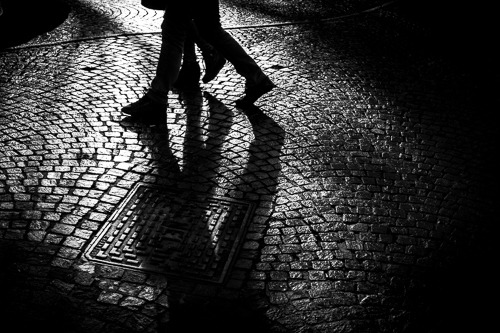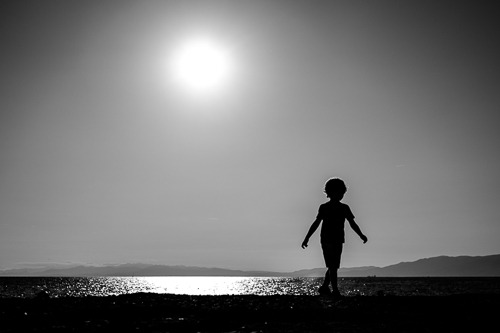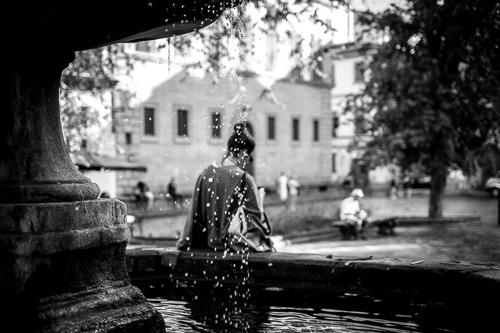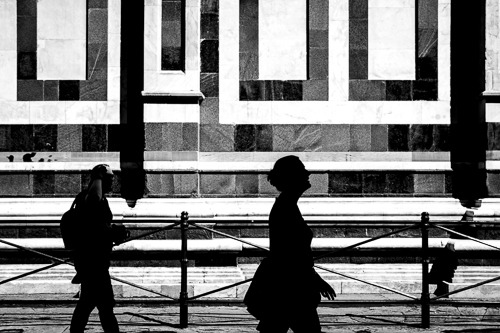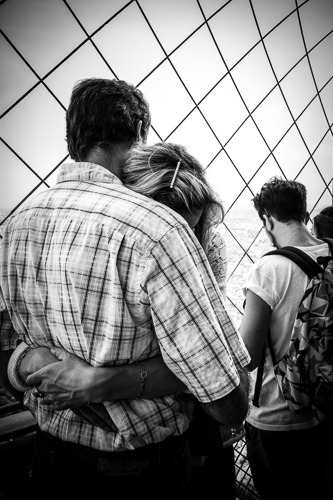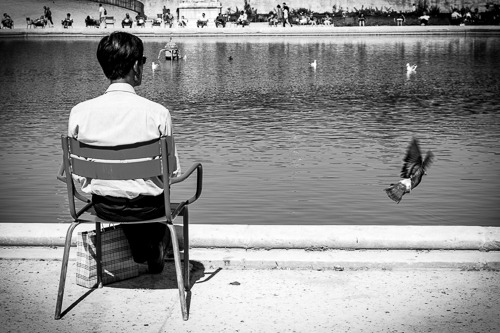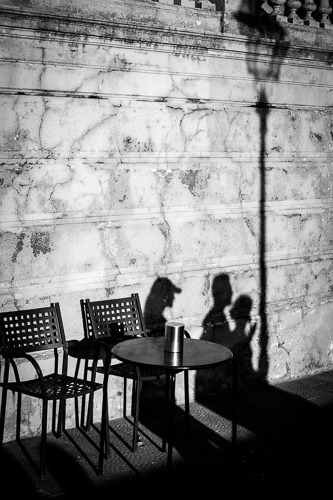Luigi Brozzi
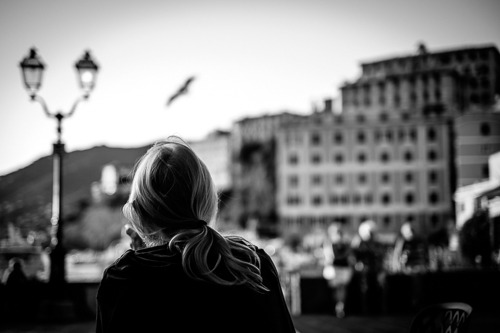
– What makes black and white photography so important to you?
Black&White photography has been for me a long, slow travel, and I feel it won’t ever end. My time as a photographer is spent for the most to fulfill the requirements my clients ask for, and to teach photography, so I never have as much time as I would to develop my personal projects, and although I have the immense luck to join job and passion, on the other side my head and my heart are more and more stuffed with thoughts and wishes I can’t carry on as I’d love to.
The professional side of my work is mainly carried on in colour, but the images I shoot for myself are mainly B&W, more and more as I progress along my road, an humblest one on my own little footsteps, but always keeping an eye to those who left us really powerful work. Black&White cleans my mind, wipes out every distraction and brings my vision right in the heart of things, of what surrounds us. I wish I could remember who once said something great: “reality is in color, but life is in black and white”. I owe him so much!
That’s all: lines, volumes, tones, light itself; all you’ll ever need to get straight into what you want to express. And at the end, it’s always you, that thing to express in your pictures.
I always shoot RAW, but with the monochrome setting in my camera when I shoot for myself, just like once when I used to load my tool with Tri-X or HP5; this helps me to keep in the B&W mood I want. I don’t think that in photography some way to shoot or refine your images can be better than another: what works best for you is the right way, never forget that is just a tool, there’s only you behind it.
Nevertheless, as almost every photographer does, I find the technical side of the Force absolutely fascinating, and I try to be well up-to-date in every aspect, and that’s mainly for two reasons: first, to be confident in my tools, so to make them not get in the way, and second, to be a single, well-oiled gear with it, the more technical stuff is learned by the heart and part of you, the more free you are to go straight to the point and see and feel things in the right way.Other common habits are shut-down back monitor, P or aperture priority mode, prime lenses and the most of times the maximum aperture available. Always one camera, one lens, I never switch lenses when I’m shooting: keeping a single vision teaches me every time something new. I’m a huge 50mm, real or equivalent, field of view fan, just every now and then I like to use a 35mm, and quite seldom an 85mm; my desert island lens is definitely an f/1.2 or f/1.4 50mm, this old pal can really do almost everything perfectly.A little gear goes a long way, especially today, modern cameras are extremely complete, most of times by far more than we need.
– What inspires you to create photographs?
I’m not, unfortunately, someone who can “switch” in every moment from ordinary life to photography, although I always carry a camera with me: I can’t stop to see and take the millions of pictures that life brings in front of us, and that’s a real joy, but I have to turn myself in “photography mode” to properly relax, expand my senses and translate what I feel in the images I can take; better said, to welcome and keep the photographs that come to us.. it’s them finding us, not us chasing them.
I love what happens and evolves in front of me, and most of all I love LIGHT, I’m constantly in loving search of it.So, the real, constant inspiration is life itself, a mood, a moment, something real and vivid happening around me, sometimes yelling at me, sometimes whispering; the more I’m able to be receptive, relaxed but really ready, the more there are keepers in the bunch.
– Why is black and white photography so important to our future in the art world?
Because, I think, if some wiseness still remains in mankind, or some more will grow as I hope it will, the real, pure essence of personal and artistic expression NEEDS to be cleaned from superstructures and brought back to strong, true contents; in this sense, B&W could be more and more a really effective path to follow.Shooting in B&W, anyway, has always been and will always be a serious, mature, richer way to create images, and that’s not a detail, don’t you think so..?
